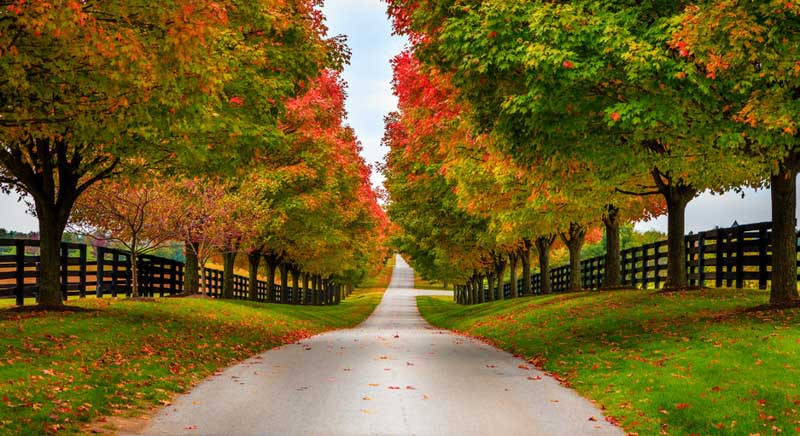Hardiness 6 - Expert Tips for Gardening Success
Gardening in USDA Hardiness Zone 6, where winter lows range between -10°F to 0°F (-23.3°C to -17.8°C), can be quite rewarding. Here are some expert tips to ensure your gardening success:
- Choosing Plants: Always select plants that are hardy to Zone 6. This includes perennials such as Salvia, Coneflowers, and Daylilies, as well as shrubs like Hydrangeas, Viburnums, and Boxwoods.
- Timing: Most planting is done in the spring or fall when the weather is mild. This gives plants a chance to establish their root system before the harsher weather of summer or winter.
- Soil Prep: Amend your soil with compost or organic matter. This will improve its structure, drainage, and nutrient content, all vital for plant health.
- Mulching: Mulch helps retain moisture, regulates soil temperature, and suppresses weeds. Apply around the base of your plants but not touching the stems.
- Pruning: Prune flowering shrubs after they’ve bloomed to avoid cutting off next year’s flowers.
- Watering: Provide regular water, especially during dry spells. Water deeply and less frequently to encourage deep root growth.
- Winter Protection: Although plants hardy to Zone 6 can withstand the cold, consider adding extra protection like mulch or burlap wraps for young plants or those in exposed locations.
- Insect/Disease Control: Monitor plants for signs of pests or disease. Address problems early with the least toxic method, such as hand-picking pests or using organic sprays.
Remember, the key to successful gardening is observation and adaptation to your garden’s specific conditions. Happy gardening!

